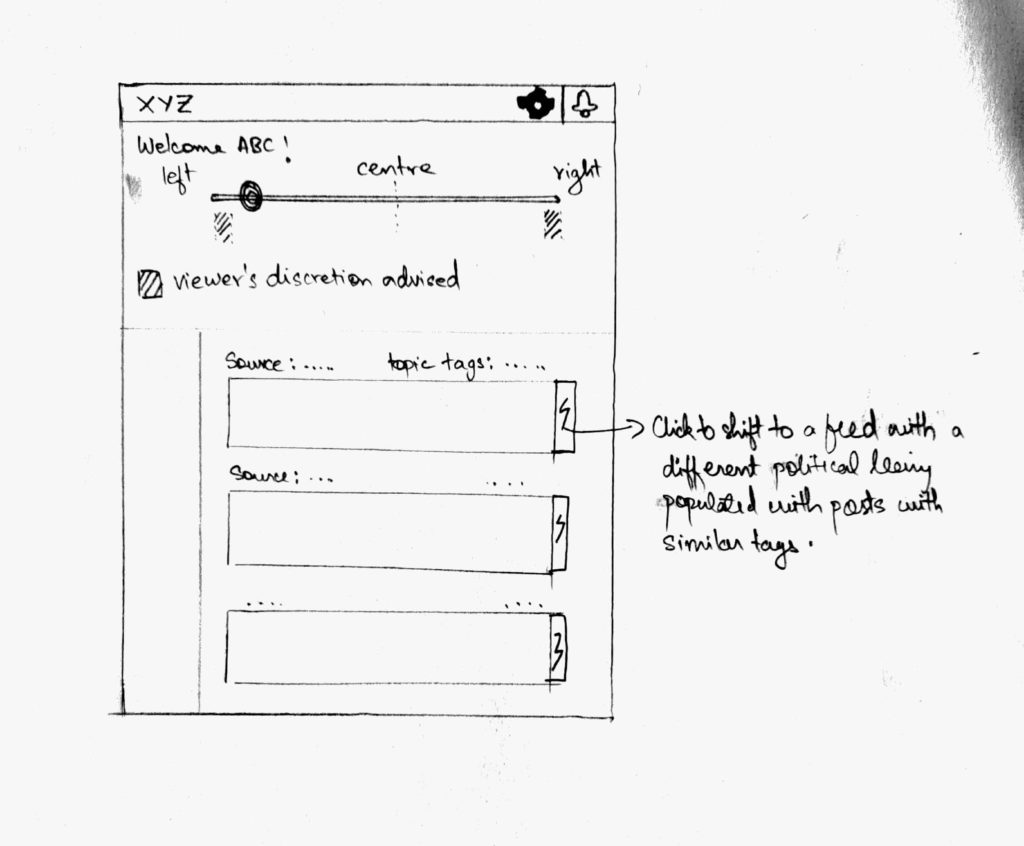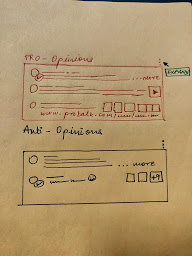Starbird’s paper is an interesting examination of the connections between the many “alternative news” domains, with mass shooter conspiracies being the theme connecting them all.
The paper mentions that the author themselves is a politically left-leaning individual and points out that this may bias their perceptions when writing this paper. The author mentioning their bias made me think about my own possible left-leaning bias when consuming the news. When I see some news from an “alt-left” site that someone on the right would call a conspiracy theory, am I taking that news as the truth because it probably agrees with my perceptions; perceptions which may have been sculpted by ages of consuming left-leaning news. How would I, as an individual on the left, be able to conduct a study on left-leaning alternative narratives without my bias skewing the conclusions? Scientists are humans and you cannot eliminate bias from a human entirely. You could bring on people from the right as equal partners when conducting the study and then keep each other in check to try and cancel out each other’s bias. How well you would be able to work together and produce good, solid research considering that this is essentially an adversarial relationship, I do not know.
It’s interesting that Infowars has such a large share of the tweets but only has one edge connecting to it. GIven how prominent Infowars is, one would think that they would have a lot more edges i.e. users that tweet out other alt-right websites would tweet out Infowars too. But it seems like a bulk of the users just tweet out Infowars and nothing else. This means that the audience of Infowars, for the most part, does not overlap with the audience of other alt-right news sites. Now, why would that be? Is it because Infowars’ audience is satisfied with the news they get from there and don’t go anywhere else? Is it also because the audience of other alt-right sites think Infowars is unreliable or maybe they think Infowars is too nutty? Who knows. A larger examination of the reading habits of Infowars’ audience would be interesting. Since this study focuses only on mass shooter conspiracies, it would be interesting to know if and how widely Infowars’ audience read when it comes to the wider field of topics the alt-right websites talk about.
The conclusions from this paper ties really well into the theme of Selective Exposure we talked about the last two reflections. People see different sources all spouting the same thing in different ways and repeated exposure reinforces their opinions. You only need to plant a seed that something is maybe true and then barrage them with sources that are seemingly confirming that truth. Confirmation Bias will take care of the rest. It is especially problematic when it comes to exposure to alternative narratives because the extreme nature of the opinions that will form will be particularly damaging. This is how the anti-vaxxer movement grew and now we have the problem that diseases like measles are coming back because of the loss of herd immunity thanks to anti-vaxxers not vaccinating their children [1]. Trying to suppress alternative narratives is a lost cause as banning one account or website will just lead to the creation of two others. How can we delegitimize false alternative narratives in people who are deep in the throes of their selective exposure? Simply pointing to the truth clearly doesn’t work, otherwise it would be easy and we wouldn’t be having this problem. People need to be deprogrammed by replacing their information diet and enforcing this change for a long time. This is basically how propaganda works and it is fairly effective. Conducting a study of how long it takes to change someone’s entrenched mindset from one to the opposite with only information consumption (controlling for things like personal life events) would be a good first step to understand how we can change people (of course, we run into ethical questions of should we be changing people en masse at all but that is a can of worms I don’t want to open just yet).

